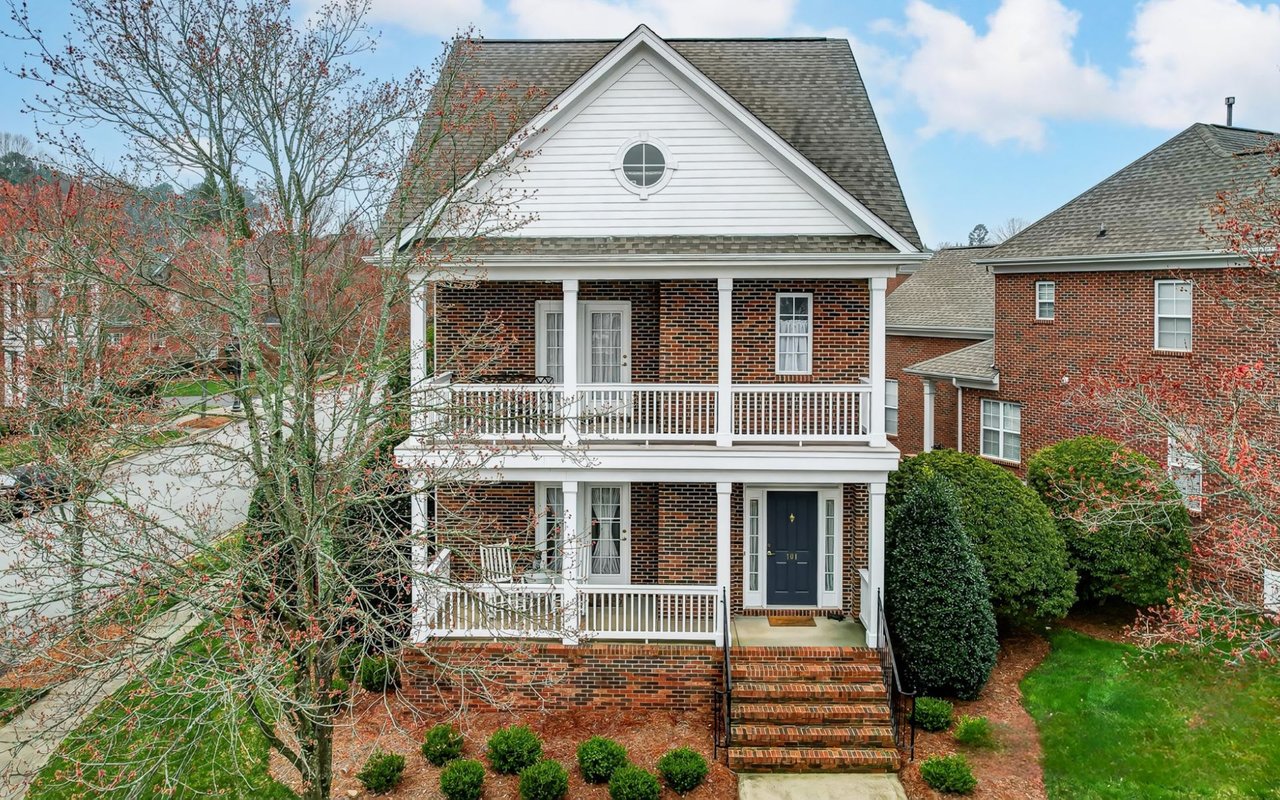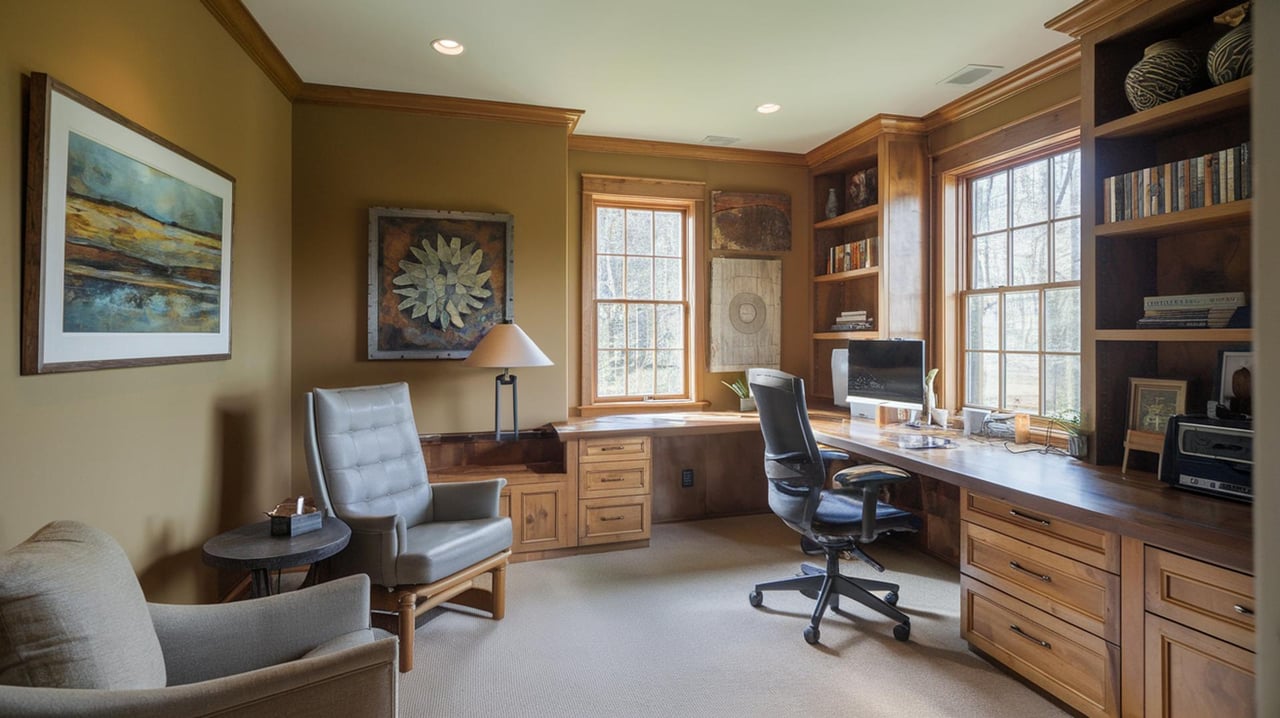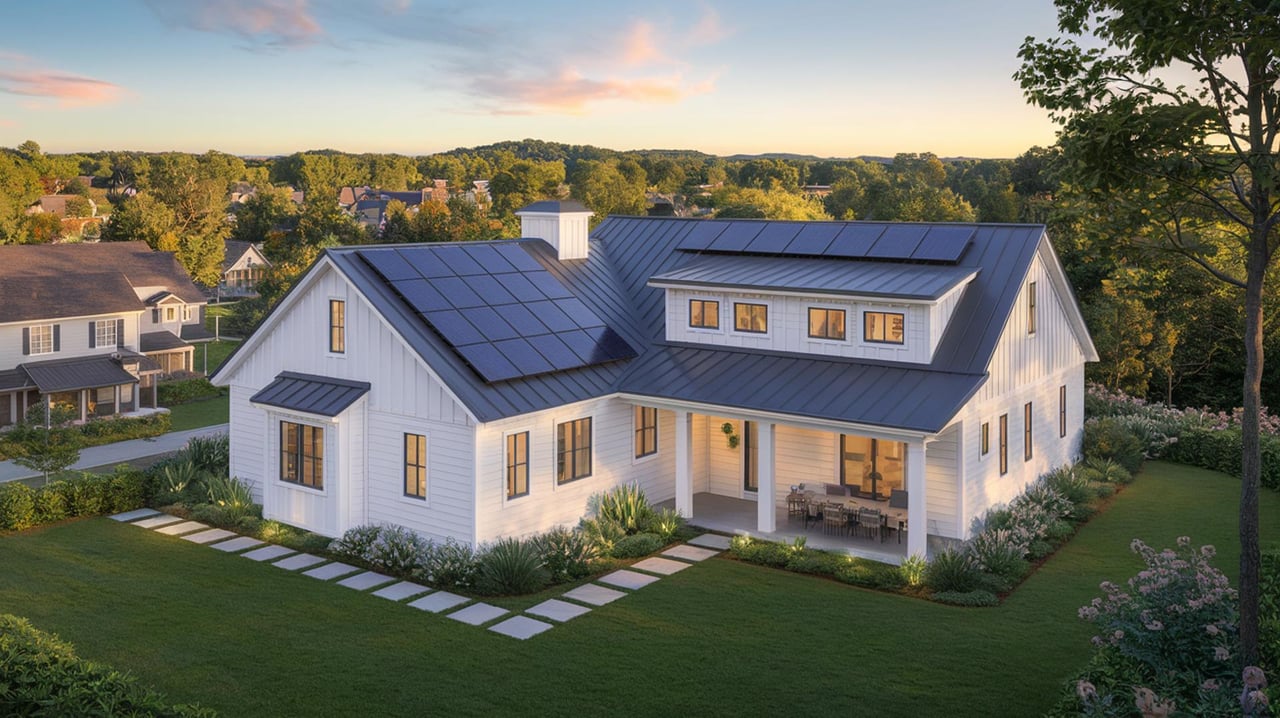Belmont, North Carolina, is a town steeped in history, and its architecture tells the story of its vibrant past. From historic homes to iconic industrial buildings, Belmont’s landmarks offer a glimpse into its growth from a small mill town to a thriving modern community. This blog will take a closer look at some of Belmont’s most significant architectural landmarks, each with its own unique story to tell.
1. Belmont Abbey
The architecture of Belmont Abbey is nothing short of awe-inspiring, with its pointed arches, intricate stained-glass windows, and towering spires that can be seen from miles away. Visitors are drawn to the Abbey not only for its spiritual significance but also for its beauty and peaceful surroundings. The abbey’s interior is just as impressive, with vaulted ceilings, elegant woodwork, and a serene atmosphere that makes it a must-visit for anyone interested in Belmont’s architectural heritage.
2. Stowe Manor
The home is situated on several acres of beautifully landscaped grounds, adding to its grandeur. Today, Stowe Manor serves as a popular event venue for weddings, parties, and other special occasions, allowing visitors to experience the elegance and charm of this historic estate firsthand.
3. Majestic Mill
While the Majestic Mill was once a bustling center of industry, today, it has been revitalized into a mixed-use space that includes shops, offices, and event venues. The adaptive reuse of the Majestic Mill is a testament to Belmont’s ability to preserve its historical architecture while embracing modern development. Walking through the old mill, visitors can still sense the history that shaped Belmont’s economy and community.
4. Belmont Historic District
Victorian, Colonial Revival, Craftsman, and Tudor Revival styles are all represented in the district, reflecting the town’s growth during the industrial boom. Walking through the district feels like stepping back in time, as well-preserved homes line the streets, each one offering a glimpse into Belmont’s past. Homeowners in this district take pride in maintaining the historic character of their properties, contributing to the town’s charm and appeal.
5. Chronicle Mill
After sitting vacant for several years, the Chronicle Mill has undergone a significant renovation, transforming the historic building into a mixed-use development that includes apartments, shops, and restaurants. The preservation and adaptive reuse of the Chronicle Mill highlight Belmont’s dedication to honoring its past while looking toward the future.
6. The Haid Theater
The Haid Theater features a spacious auditorium with excellent acoustics, making it an ideal setting for plays, musicals, concerts, and community events. It has also undergone renovations to ensure it remains a top-tier performance space, blending modern amenities with its original architectural charm. Whether you're a local or a visitor, catching a show at The Haid offers a chance to experience Belmont’s vibrant arts scene while appreciating its architectural significance.
Belmont, NC, is a town where history and modernity intertwine, and its architectural landmarks are a testament to its rich heritage. Whether you’re drawn to the grandeur of Belmont Abbey, the industrial significance of Majestic Mill, or the timeless beauty of historic homes and churches, Belmont offers a diverse array of architectural treasures for residents and visitors alike to explore.





